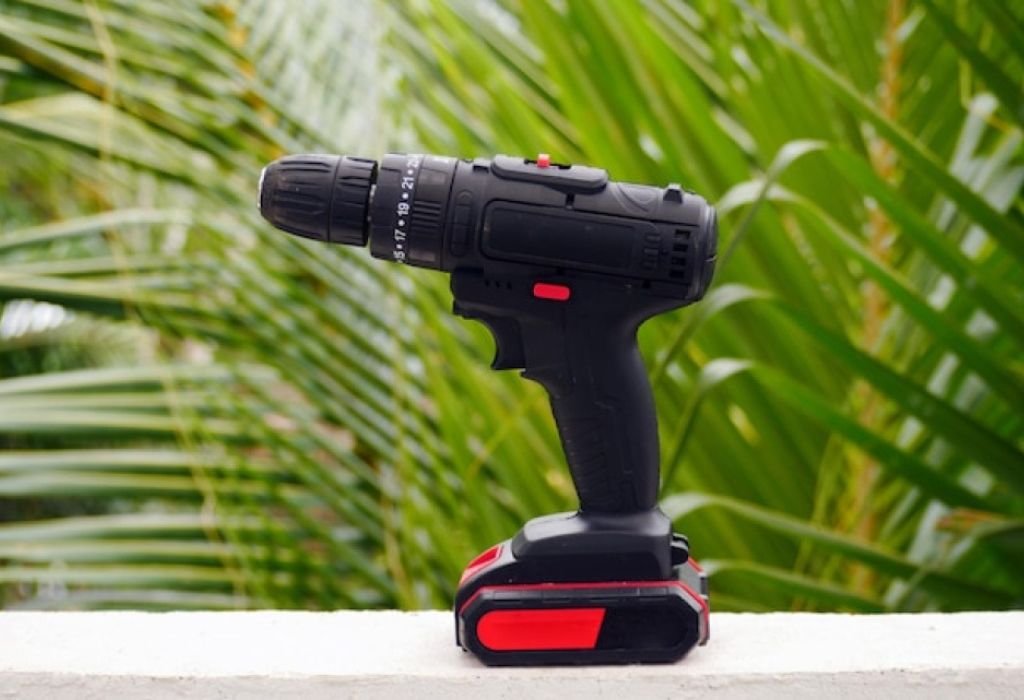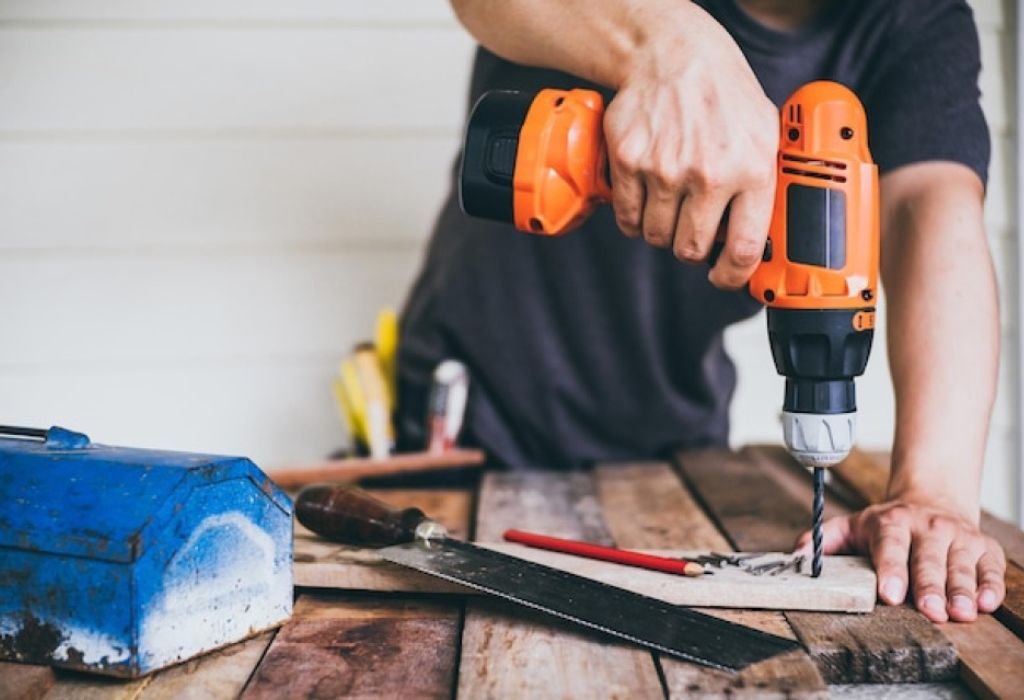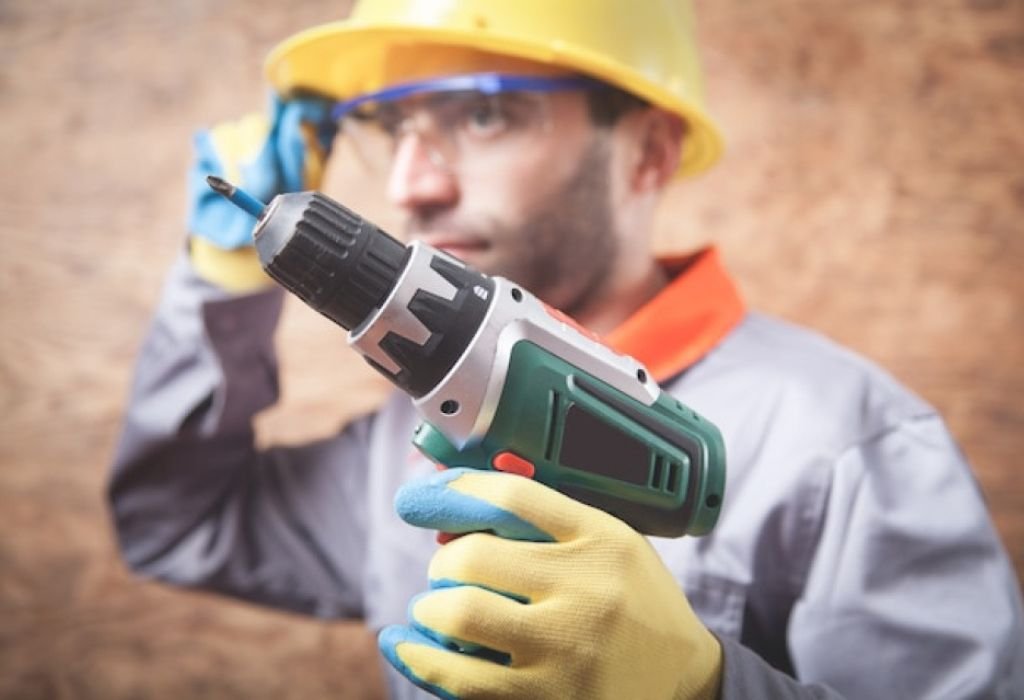You start a project that involves driving long screws into hardwood. A regular drill begins to overheat, the battery drains quickly, and the screws strip halfway in.
This is where a brushless impact driver comes in. Built with advanced motor technology, it delivers more power, better efficiency, and longer life compared to traditional brushed models.
Brushless impact drivers use electronics instead of carbon brushes to power the motor. This design reduces friction, runs cooler, and delivers torque more effectively.
For a DIYer, that means faster jobs with less frustration. For a professional, it means reliability on the jobsite, even with demanding tasks.
These tools excel at driving screws into dense wood, fastening lag bolts, and loosening stubborn automotive bolts.
They are compact, cordless, and efficient, making them a must-have for both home projects and professional work.
Market research shows that brushless power tools are rapidly gaining popularity, with global demand increasing due to their durability and performance 【source: Global Market Insights】. As more users switch, the question isn’t whether they are better, but how best to use them.
Understanding what a brushless impact driver is used for helps buyers make smarter choices.
It also ensures you get the most out of your investment, whether for weekend DIY tasks or daily contracting jobs.
This guide explains the uses of brushless impact drivers, their advantages, and why they are becoming the preferred tool across industries.
What Makes a Brushless Impact Driver Different?

Brushless motors use electronics instead of carbon brushes to power the tool. This design eliminates friction inside the motor and makes it more efficient.
A brushed motor loses energy through heat and wear. A brushless motor stays cooler and transfers more power directly to the job.
The absence of brushes means less maintenance is required. There are no parts to replace, so the tool lasts much longer.
Brushless motors also adjust their power automatically. They sense resistance and deliver torque as needed, saving energy when the load is lighter.
This efficiency translates into longer battery life. Cordless brushless drivers run for hours without frequent recharging.
They are also lighter and more compact. This makes them easier to handle in tight or overhead spaces.
Brushless impact drivers deliver more torque in a smaller package. This makes them ideal for heavy-duty use without adding extra weight.
Overall, the technology improves power, performance, and reliability in one tool.
What does brushless mean?
It refers to motors that use electronics instead of carbon brushes.
Why is brushless better?
They last longer, run cooler, and waste less energy.
Are brushless tools more powerful?
Yes, they deliver torque more efficiently.
Do they cost more?
Yes, but the longer lifespan offsets the price.
Primary Uses of a Brushless Impact Driver
Brushless impact drivers are built for driving screws into tough materials. They are designed to handle long screws and bolts that standard drills struggle with.
In woodworking, they excel at building decks, fences, and framing walls. The torque keeps screws driving straight without slipping or stripping.
In construction, they are used for fastening lag bolts and structural screws. These fasteners require consistent power to drive fully into dense materials.
Automotive mechanics use them to remove rusted or frozen bolts. The high torque and impact action break fasteners loose easily.
Brushless impact drivers are also useful for working with metal. They can drive self-tapping screws and bolts into steel or aluminum.
When paired with masonry-rated bits, they can handle certain concrete fasteners. This makes them versatile across different trades.
They are faster and more reliable than standard drills for repetitive fastening. Professionals and DIYers alike save time on every project.
Their compact size also makes them useful in confined spaces. This allows them to reach bolts or screws that larger drills cannot.
What is a brushless impact driver used for most?
Driving screws and bolts into tough materials.
Can it be used for automotive work?
Yes, it removes stubborn bolts with ease.
Is it good for woodworking?
Yes, it drives long screws without stripping.
Does it work on concrete?
Yes, with the right masonry-rated bits.
Advantages of Brushless Impact Drivers for DIY Projects
DIYers benefit from the energy efficiency of brushless impact drivers. Batteries last longer, reducing the need for frequent recharges.
The compact size makes them easy to handle around the house. They are lighter than many traditional drills, reducing fatigue.
Brushless motors generate less heat during use. This makes them safer and more comfortable for long projects.
They are versatile tools for everything from furniture assembly to home renovations. A single brushless impact driver can replace multiple tools in a DIY kit.
Their speed and power reduce the time needed for projects. Screws drive quickly and consistently, even in dense wood.
For hobbyists, the reduced noise is a welcome feature. Brushless motors run smoother and quieter than brushed models.
Beginners find them easy to use. They require less pressure to drive screws compared to a standard drill.
Overall, they provide efficiency, comfort, and reliability in home projects.
Is it worth buying for DIY?
Yes, it saves time and effort on projects.
Do batteries last longer?
Yes, brushless drivers are more efficient.
Is it easy to use?
Yes, they are compact and lightweight.
Does it reduce fatigue?
Yes, thanks to the ergonomic design.
Professional Applications of Brushless Impact Drivers
On construction sites, brushless impact drivers are essential. They handle framing, decking, and roofing with ease.
Electricians use them for quick installations. The compact design makes them useful in tight electrical boxes.
Plumbers and HVAC technicians also rely on them. They are ideal for securing brackets, supports, and fittings.
Automotive mechanics prefer them for high-torque jobs. Removing and tightening bolts becomes faster and more reliable.
Contractors benefit from their durability. Brushless motors withstand daily, heavy-duty use without wearing down.
The efficiency saves time and money on the jobsite. Workers spend less time charging and more time working.
Industrial workers use them for fastening metal components. They provide consistent torque in manufacturing and assembly.
Across all trades, brushless impact drivers are replacing traditional drills. They are now considered a professional standard.
Do contractors use brushless impact drivers?
Yes, they are common on construction sites.
Why do professionals prefer brushless?
They last longer and deliver consistent performance.
Can mechanics use them?
Yes, they are excellent for bolts and nuts.
Is it good for heavy-duty jobs?
Yes, it delivers high torque for tough tasks.
Brushless Impact Driver vs Brushed Tools

Brushed motors use carbon brushes that wear out over time. Brushless motors eliminate this weak point by using electronics.
A brushed tool gradually loses power as brushes degrade. A brushless tool maintains efficiency throughout its lifespan.
Brushed impact drivers are cheaper upfront. However, they require more maintenance and do not last as long.
Brushless impact drivers are more expensive initially. But the investment pays off through durability and performance.
Brushless tools deliver more torque per charge. This means more work gets done on a single battery cycle.
They also generate less heat, reducing the risk of burnout. This makes them safer for continuous use.
For professionals, brushless is the clear choice. For casual users, the long-term value often outweighs the higher cost.
The decision depends on how often and how heavily the tool will be used.
What’s the main difference?
Brushless motors use electronics instead of carbon brushes.
Which lasts longer?
Brushless tools typically last twice as long.
Which is cheaper?
Brushed drivers cost less initially.
Which is better overall?
Brushless, for performance and durability.
Limitations and When Not to Use One
A brushless impact driver may be overkill for very light tasks. Hanging pictures or assembling small furniture rarely requires such power.
They are more expensive than brushed alternatives. Budget-conscious users may prefer cheaper tools for occasional use.
Batteries still have limits, even with efficiency. Heavy loads will drain power eventually.
They cannot replace a hammer drill for deep masonry work. Specialized tools are still required for those jobs.
Beginners may not notice the difference at first. Light use does not always show the benefits of brushless motors.
They also require compatible batteries and chargers. This adds to the initial cost of ownership.
For casual users, the investment may feel unnecessary. Serious DIYers and professionals see the long-term value.
Understanding limitations helps set realistic expectations.
Is a brushless driver always necessary?
No, light tasks do not require that much power.
Are they expensive?
Yes, but the lifespan justifies the cost.
Can it replace a drill?
Not completely, it complements one.
Should beginners buy it?
Yes, if they want long-term value.
Tips for Getting the Best Out of a Brushless Impact Driver
Always use impact-rated bits. Regular bits may break or strip under torque.
Match torque settings to the task. Too much power can damage fasteners or materials.
Keep batteries charged and rotated. This ensures consistent performance during long projects.
Clean the tool regularly to prevent dust buildup. Proper care extends the life of the motor.
Take advantage of built-in LED lights. They improve visibility in tight or dark spaces.
Learn the difference between drilling and driving. Use the tool correctly for best results.
Have multiple batteries on hand. This prevents downtime when one runs out.
Following these practices maximizes efficiency and durability.
Do I need special bits?
Yes, impact-rated bits are recommended.
How do I prevent stripping screws?
Use the right torque and bit size.
Do I need multiple batteries?
Yes, for long projects or professional use.
Does it need maintenance?
Minimal, just keep it clean.
Future of Brushless Impact Drivers

The future of brushless tools is promising. Manufacturers are focused on making them lighter and stronger.
Battery technology is improving rapidly. Lithium-ion and new solid-state designs will extend runtimes.
Smart drivers with sensors are being developed. These will adjust torque automatically based on resistance.
Integration with apps is becoming possible. Users may soon monitor tool performance digitally.
Eco-friendly production methods are being prioritized. Higher efficiency also means less wasted energy.
As prices drop, more DIYers will adopt brushless tools. The technology is no longer limited to professionals.
In time, brushed impact drivers may disappear. Brushless is becoming the industry standard worldwide.
The future promises more power, efficiency, and convenience.
Will brushless replace brushed completely?
Yes, in most markets over time.
Will batteries keep improving?
Yes, new technologies extend runtimes.
Are smart impact drivers real?
Yes, some already include digital features.
Will prices drop?
Yes, as adoption increases globally.
Conclusion
Brushless impact drivers are powerful, efficient, and versatile tools. They outperform brushed models in nearly every category.
They are used for woodworking, construction, automotive work, and DIY projects. Their compact size and strong torque make them essential for heavy-duty fastening.
Brushless motors last longer, generate less heat, and save energy. Though they cost more, the value pays off in the long run.
For anyone asking “what is a brushless impact driver used for,” the answer is simple. It is used for everything from small home projects to demanding professional tasks, making it one of the most versatile tools in any toolkit.

I’m John F. Nicholas, the founder, lead writer, and drill enthusiast behind 101drill.com. With years of hands-on experience in power tools and DIY projects, I created this platform to share practical knowledge, expert tips, and real-world insights to help others master the art of drilling.
